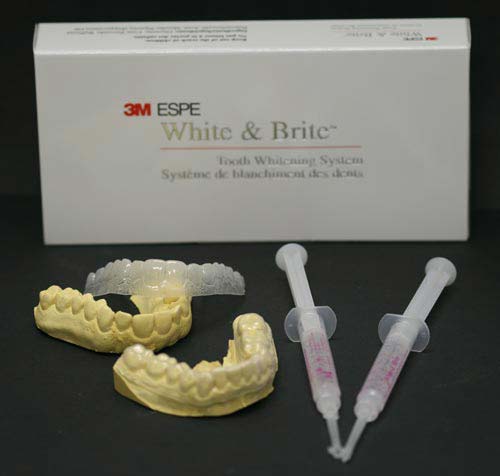What is the quick history of whitening?
Teeth whitening practices date back to ancient times. The Egyptians were among the first to explore this, using a mixture of pumice and vinegar to achieve whiter teeth. The Romans took a different approach, employing ammonia derived from urine for whitening. In more recent history, barbers, who often performed dental work, would file teeth, and apply acids to whiten them, though these methods were quite painful.
The modern era of teeth whitening began when Cosmetic Dentists and Orthodontists discovered that peroxides used for oral health also had whitening effects. Extensive research and experimentation with various whitening agents eventually led to the development of today’s safe and effective whitening systems.
How are teeth whitened?
Peroxides and carbamide peroxides help remove external stains and whiten teeth from the inside. However, fillings, crowns, and veneers will not change color with whitening treatments and will stay the same color while the surrounding teeth become lighter. Ask Dr Kitzmiller which teeth will be affected!
What are the ways to whiten?
There are four effective ways to achieve good whitening results:
1. Over-the-Counter Gels with Stock Trays: These kits are somewhat effective but have poorly fitting trays that can irritate gums if used improperly. They are inexpensive for one-time use but require buying the entire kit for touch-ups, leading to higher costs over time.
2. Whitening Strips with Embedded Gel: Effective but more challenging to place and keep in the mouth. The strips do not cover all visible teeth, leaving corner teeth darker and requiring more strips to complete the whitening. Like other over-the-counter products, they need future touch-up kits, adding to the cost.
3. Custom-Made Trays for Home Use: These trays are professionally made and customized in a dental office to fit over all your teeth, allowing you to whiten as far back in your mouth as desired. Although more expensive initially, they can save money eventually because the trays are reusable, and gels can be bought separately. Various strength gels can be used as needed.
4. In-Office, One-Time Treatments: Applied professionally at a dental office, these treatments use gels with higher peroxide concentrations and often include light activation. They are more expensive due to the professional application and longer appointment times, but the results are dramatic after just one session. However, comparable results can be achieved with take-home trays, and no touch-up trays are provided.
How long will your teeth stay white?
With professionally supervised tooth whitening at Apex Dental Group, you can achieve remarkable, long-lasting results. Touch-ups are easy to manage and can typically be done once a year to maintain your bright, confident smile.
We recommend custom-made take-home trays as a preferred whitening method. They’re cost-effective, easy to use, provide full tooth coverage, and can be reused over time. If you have sensitive teeth, these trays also allow the application of anti-sensitivity agents for added comfort.
Have questions? Your trusted Family Dentist in Apex is here to help! Call us at 919-362-1341, send a text, or email us — the team at Apex Dental Group is happy to guide you through your teeth whitening options. 😊
Dr. Kitzmiller
